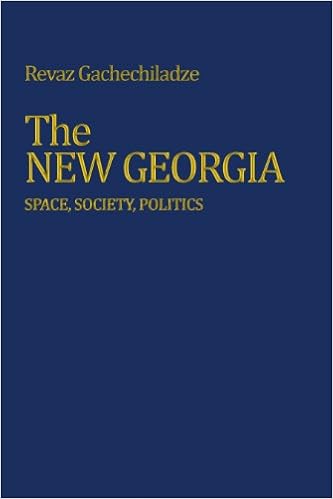At the center of the postsocialist mythological space of Old Tbilisi there are two 19th century figures, the kinto (Georgian k’int’o, the urban street peddler) and the qarachogheli (urban guild craftsman) 다운로드. Once upon a time there were part of a living cityscape; under postsocialism they exist only as isolated fragments of an exploded chronotope of Old Tbilisi. 다운로드. The methodology authors use in this paper is a mixture of ethnographic, semiotic, historical and literary methodologies, as befits the interdisciplinarity of the authors and the historicity of the materials 톱스타 다운로드.
Manning, P. and Shatirishvili, Z. (2011). The Exoticism and Eroticism of the City: The ‘Kinto’ and his City p짱은 내친구. In Darieva, T., Katschuba, W., and Krebs, M. (Eds). Urban Spaces after Socialism: Ethnographies of Public Plces in Eurasian Cities. Frankfurt: Campus Verlag, pp 마이 화웨이 터미널. 261-281.
See on Academia.edu

 After the collapse of the socialist political system that had glued the Soviet Union together, two dozen nations re-emerged on the world stage
After the collapse of the socialist political system that had glued the Soviet Union together, two dozen nations re-emerged on the world stage  This collection of essays spans numerous disciplines, including urban planning, architecture, and history
This collection of essays spans numerous disciplines, including urban planning, architecture, and history  “Orientalism and Empire” sheds new light on the little-studied Russian empire in the Caucasus by exploring the tension between national and imperial identities on the Russian frontier
“Orientalism and Empire” sheds new light on the little-studied Russian empire in the Caucasus by exploring the tension between national and imperial identities on the Russian frontier